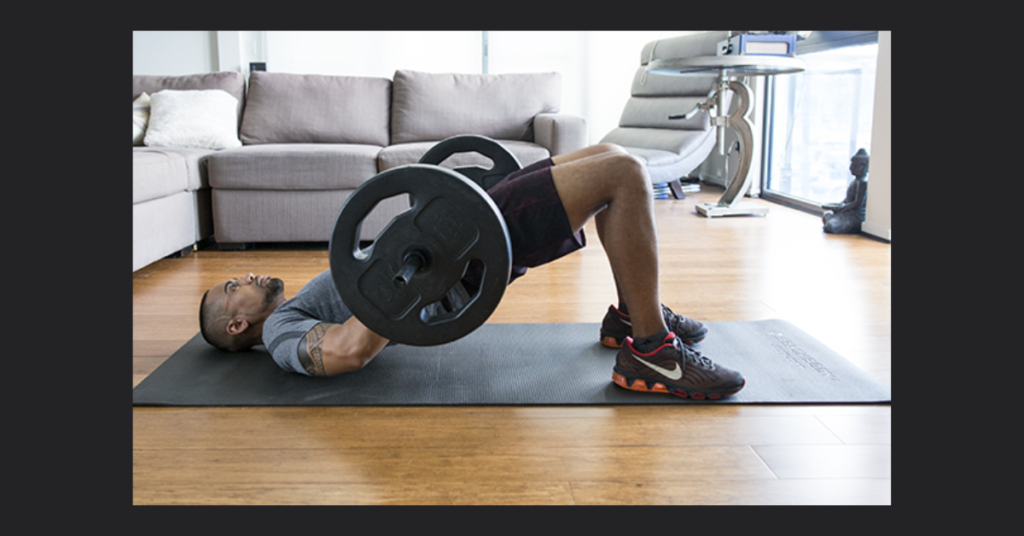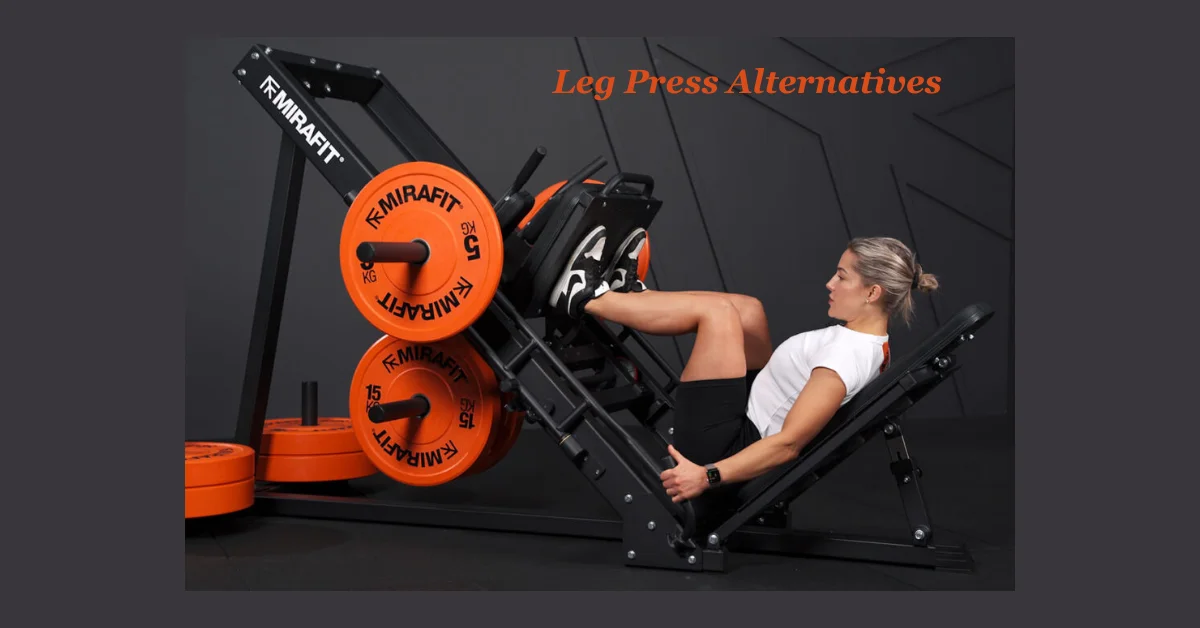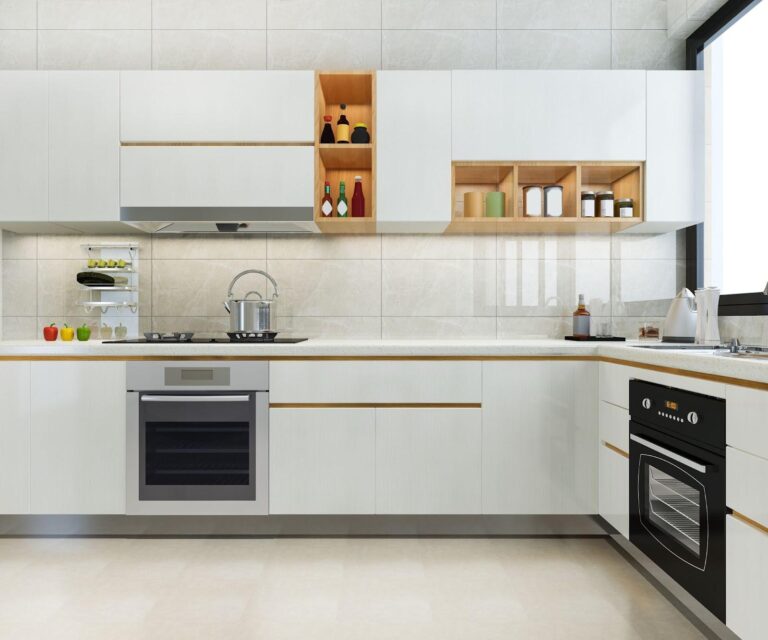Top Leg Press Alternatives for Stronger, Balanced Legs
The leg press is a staple in many gym routines, particularly for those looking to build leg strength and muscle mass. However, despite its popularity, it may not be the most effective exercise for maximising leg gains. In fact, relying too heavily on the leg press could limit your progress and even contribute to muscular imbalances. Instead, incorporating a variety of compound and functional exercises can lead to better overall muscle development, strength, and performance. This article will explore five alternative leg exercises that can outperform the leg press in building muscle, supported by scientific evidence.
Benefits of the Leg Press
As you venture into gyms, you’ll encounter some of the best leg press machines, each designed to target these muscle groups: the quadriceps, hamstrings, glutes, and calves. The leg press exercise has other types like the single leg press and others, and adjusting your foot position can help in focusing on the particular muscle you want to work on. This enhances the growth of muscles as they are put to more work. Discover more types of the leg press machine here: Types of Leg Press Machines. The leg press is also safe to do, especially for those with knee or back problems or any form of injury in the lower part of the body. The machine ensures that pressure is taken off the knees and the back with its controlled movements, thus making it a better alternative than squats. Additionally, the leg press is an effective way of developing the muscles at the back of the thighs, as well as other lower body muscles, thus enhancing strength and muscle tone.
Best Leg Press Alternatives

Now that we know the leg press movement, we can talk about the best leg press alternatives. Let’s take a closer look right now.
Squats
The exercise that is going to most closely mimic the leg press machine is the squat. With a squat, instead of sitting down and pushing up, you’re standing upwards and lowering your body down, before finally pushing it back up. One of the benefits of doing a squat instead of a leg press is that because you’re standing up, there’s less pressure on your lower back.
Broad Jumps
Another great leg press alternative is the broad jump, otherwise known as the leapfrog jump. This is a great way to build overall leg strength and increase your explosive power. This exercise involves fully extending your lower body while also doing a squat. Keep in mind that this is a very high-impact exercise, so if you have knee or hip problems, you may want to stay away from it.
Lunges
Lunges, like squats, engage your leg muscles without adding pressure on your back. The act of stepping forward works your quads and glutes. The lunge is different from the split squat. A lunge engages both legs at the same time, while a split squat uses one at a time.
Step-ups
The step-up is a similar exercise to the rear foot elevated split squats in the sense that it is a unilateral exercise, forcing each leg to work on its own. This helps to strengthen the core too, which is almost always a contributing factor to lower back pain. This is slightly more challenging than the split squats because it includes a coordination element that you just don’t get with the others. This is because you’re constantly stepping up and down onto a high box. It has a long range of motion, so mimics the range of movement in the leg press.
The Bridge
Bridge exercise is one of the simplest and best moves you can do. Not only does it work your legs, but also your butt and your core. All you need is a mat to keep yourself off the hard ground, although if you’re a tough one, even this isn’t necessary.
Read More: https://clicpagado. blogspot.com/2024/04/coca-cola.html
How to Bridge
- Lie down on your back, put your feet flat on the floor, and bend your knees. Your feet should be below your knees, and slightly in front of them.
- With your hands at your sides and palms down, tighten your buttocks and your core, while raising your hips as far up as you can.
- Hold this position for two to three seconds, and for added difficulty, flex your buttocks as hard as you can.
- Begin by doing 8 to 12 repetitions, and then increase the amount from there.
Spanish Squats
The Spanish squat is one of the most under-appreciated exercises I know. It forms a part of so many of my training programs because it helps cure a lot of knee pain, it isolates the quads and it allows a good, upright position so doesn’t load the lower back at all. It’s not an exercise to perform with a heavy weight. Instead, you want to focus on excellent technique, maintaining a vertical shin angle, and hitting good depth with every rep.
Romanian Deadlifts
Romanian deadlifts focus on the hamstrings and glutes. They are an excellent way to build posterior chain strength, complementing quad-dominant exercises.
Benefits:
- Targets the hamstrings and glutes intensely.
- Improves hip hinge mechanics, beneficial for other lifts.
- Enhances overall posterior chain strength.
How to Perform:
- Hold a barbell or dumbbells in front of your thighs.
- Hinge at the hips, lowering the weights while keeping your back straight.
- Return to the starting position.
Glute-Ham Raise
Why It’s Better
The glute-ham raise is an often-overlooked exercise that focuses on the posterior chain, particularly the hamstrings and glutes. It’s an excellent alternative to the leg press, especially for those looking to build strength and muscle in the hamstrings, which are often underdeveloped in many lifters.
Muscle Activation
Research published in the Journal of Sports Sciences found that the glute-ham raise activates the hamstrings to a greater extent than other common leg exercises, such as the leg curl or the leg press (McAllister et al., 2014). This is due to the exercise’s unique ability to work the hamstrings through both knee flexion and hip extension, leading to comprehensive muscle engagement.
FAQs
What are the benefits of the leg press?
The leg press targets the quadriceps, hamstrings, glutes, and calves, making it a great machine for building lower body strength. It’s also relatively safe for people with knee or back issues since it helps alleviate pressure on these areas compared to free-weight exercises like squats. Adjusting your foot position can help emphasize different muscle groups.
Why should I consider alternatives to the leg press?
While the leg press is effective, relying solely on it may limit overall muscle development and contribute to muscular imbalances. Incorporating alternative exercises like squats, lunges, and glute-ham raises will engage more muscles and improve functional strength, leading to better overall performance and muscle growth.
What’s the difference between squats and the leg press?
Squats and leg presses both target similar muscle groups (quads, hamstrings, glutes, and calves). However, squats are a free-weight exercise that engages more stabilizing muscles in the core and lower back. Squats also promote better balance and coordination, whereas the leg press isolates the lower body and offers more controlled movement.
Are broad jumps a good alternative to the leg press?
Yes, broad jumps (or leapfrog jumps) are an excellent alternative, especially for building explosive power and overall leg strength. However, because of the high-impact nature of the exercise, it’s not suitable for those with knee or hip problems.
Conclusion
While the leg press is a popular exercise for building leg strength, relying solely on it can limit your progress and lead to muscular imbalances. Incorporating a variety of compound and functional exercises, such as squats, lunges, broad jumps, and Romanian deadlifts, can provide more comprehensive benefits, improving muscle development, strength, and athletic performance. These alternatives engage multiple muscle groups, promote better coordination and balance, and help reduce the risk of overuse injuries.
Read Next: How Long Until a Tooth Infection Kills You





